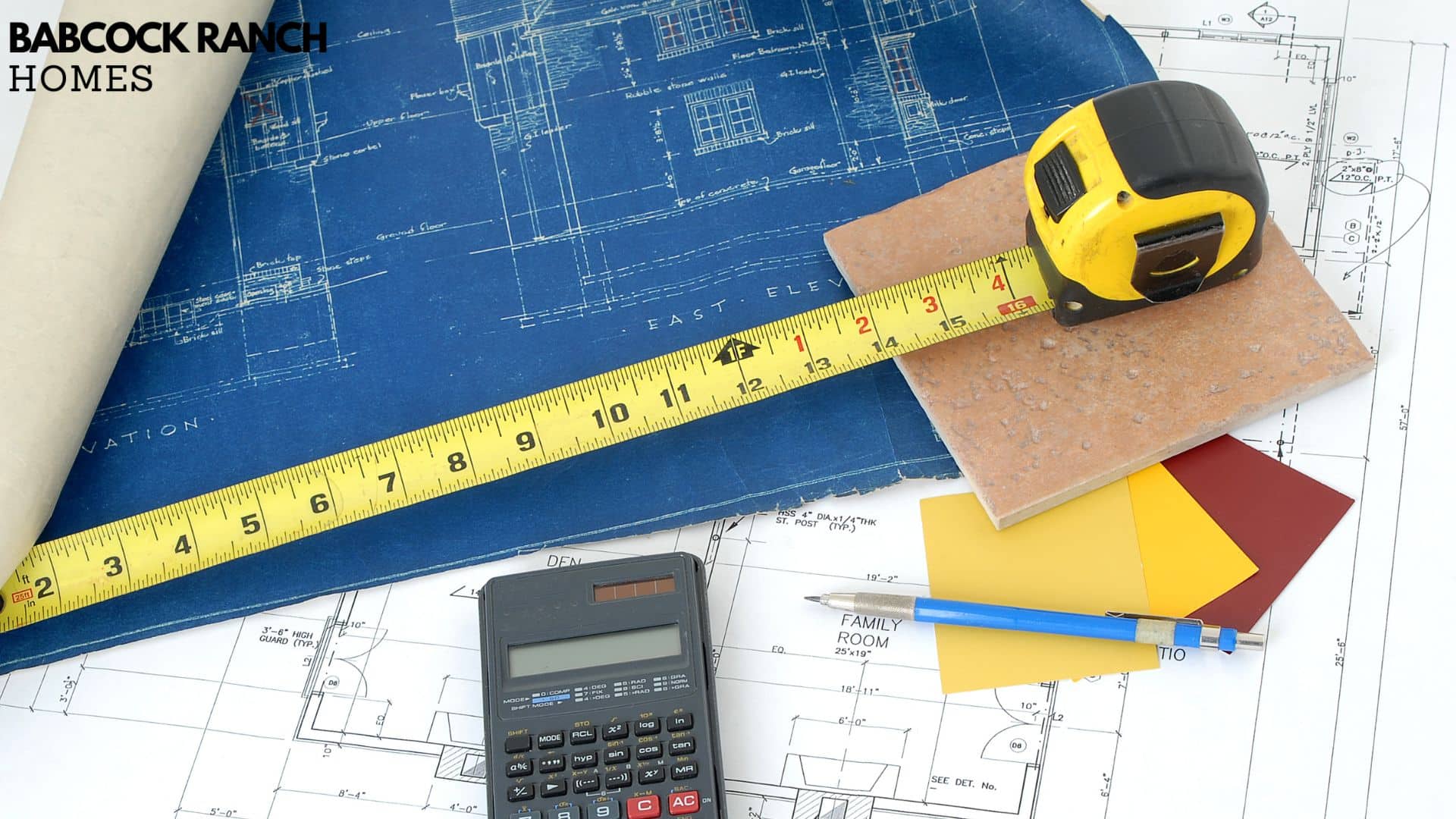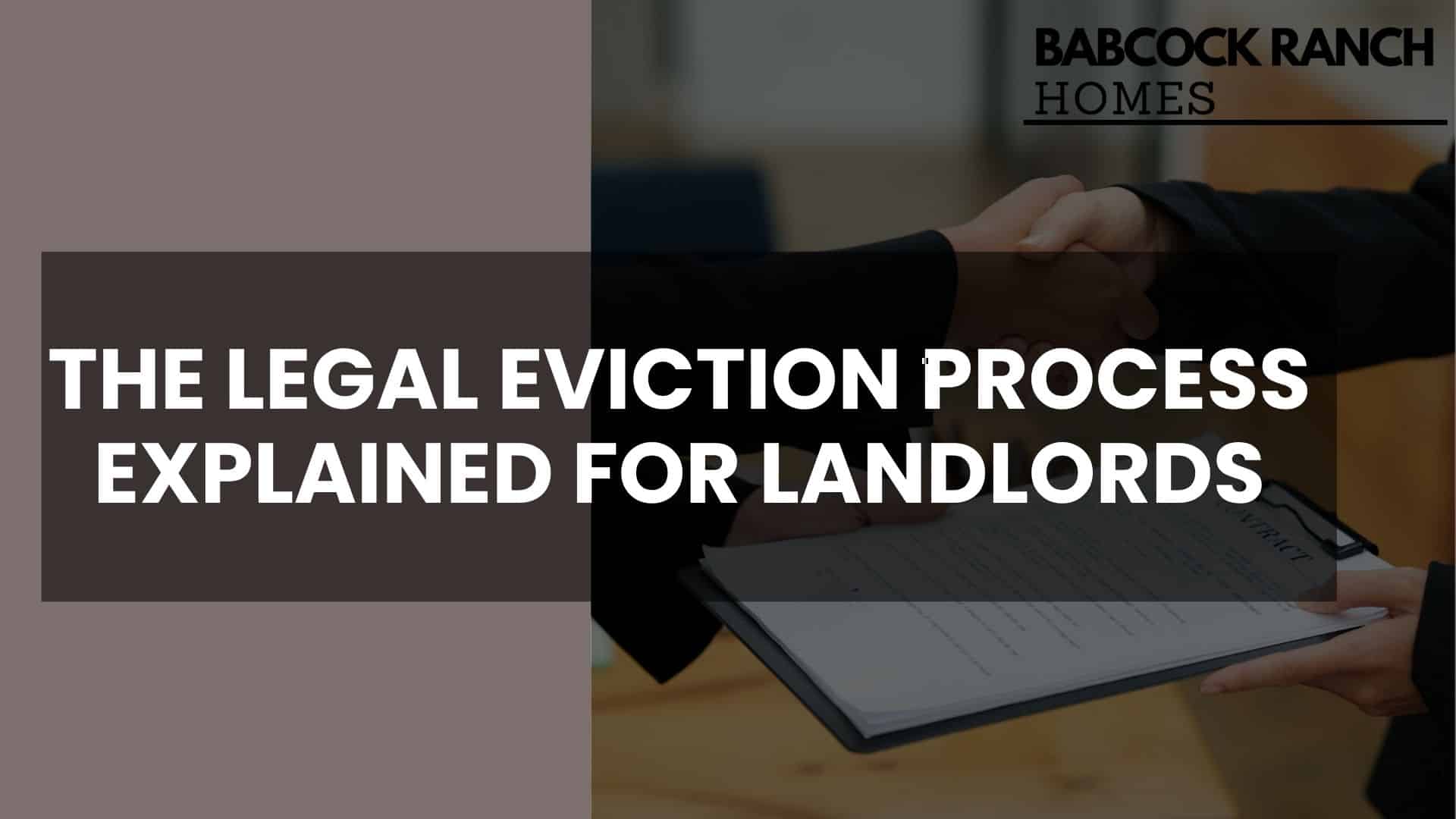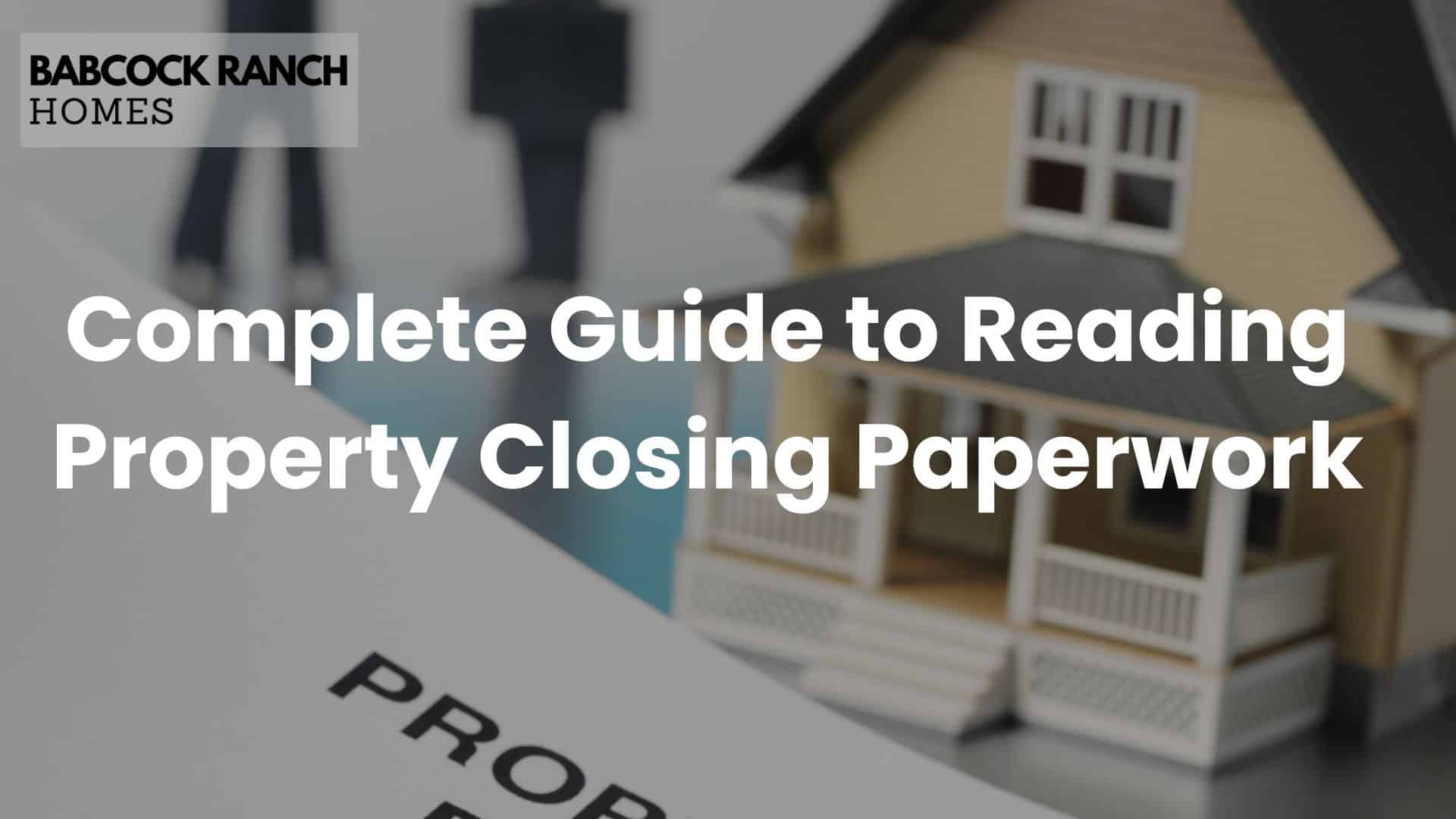
Nearly 70% of real estate investors encounter unexpected repair expenses during renovations, often derailing budgets and timelines. This gap between initial projections and final spending highlights why precise financial planning is non-negotiable in property investments. Without it, even promising deals can quickly turn into financial pitfalls.
Flipping houses or preparing rentals demands more than vision—it requires a clear-eyed evaluation of every repair, from cracked foundations to outdated wiring. Overlooking hidden issues like plumbing leaks or structural damage can erase profit margins overnight. That’s why seasoned investors prioritize detailed assessments before purchasing any property.
This guide walks you through proven strategies to calculate renovation budgets systematically. You’ll discover how to identify both visible and concealed challenges, align contractor bids with realistic timelines, and negotiate effectively. These steps ensure you enter every project with confidence, backed by numbers that reflect true expenses.
Key Takeaways
- Accurate repair evaluations protect your financial interests in real estate deals.
- Hidden issues, like plumbing or electrical problems, often impact budgets the most.
- Systematic assessments prevent overspending and timeline delays.
- Contractor negotiations rely on thorough cost breakdowns.
- Detailed planning builds confidence in financing and project execution.
Introduction to Home Rehab Cost Estimation
Accurate financial planning separates successful property flips from money-losing ventures. Renovation expenses cover everything from fresh paint to foundation repairs, and missing details can turn a promising project into a financial burden. These numbers depend on your property’s current state, regional pricing, and long-term goals. Even minor errors in calculations risk erasing profits or stalling progress entirely.

Understanding the Basics
Rehab budgets include visible upgrades and hidden problems like outdated wiring or plumbing leaks. Labor rates, material prices, and permit fees vary by location, so research local standards first. Cosmetic changes—like flooring or countertops—are simpler to budget than structural fixes requiring engineering assessments. Always account for both categories during evaluations.
Why Accurate Estimates Matter
Incorrect projections force investors to absorb unexpected bills or abandon projects mid-renovation. For example, a $10,000 oversight might reduce your final sale price below break-even points. Precise numbers also strengthen negotiations with contractors and lenders, ensuring timelines align with financial realities. Systematic planning minimizes surprises while protecting profit margins.
Setting the Foundation with a Detailed Property Inspection
A property’s true condition often hides beneath surface-level appearances. Your ability to spot critical flaws during inspections directly determines whether renovations stay on budget or spiral into financial overhauls. Focus first on safety and compliance: structural instability, electrical hazards, or pest infestations can halt projects before they begin.
Walk through every room with a methodical approach. Document cracked foundations, sagging roofs, and aging HVAC systems using photos and written notes. These records create a baseline for contractor discussions and help avoid disputes about pre-existing conditions.

Separating Urgent Repairs from Cosmetic Upgrades
Not all issues demand immediate action. Prioritize problems affecting livability, like faulty wiring or plumbing leaks, over aesthetic updates like paint colors. Code violations—such as improper stair railings or missing smoke detectors—require corrections before passing municipal inspections.
Exterior elements matter just as much as interior spaces. Check for rotting siding, drainage problems, or cracked driveways that could lead to water damage. Addressing these early prevents costly surprises during later renovation phases.
Understanding Key Components of Rehab Costs
Breaking down renovation expenses requires analyzing both visible improvements and essential structural upgrades. Every project involves predictable categories and unpredictable variables that shape your financial plan. Prioritizing these elements helps maintain control over timelines and outcomes.

Labor and Material Considerations
Skilled workers often account for the biggest slice of your budget. Rates differ widely between regions and depend on project complexity. For example, roof replacements demand specialized crews, while interior painting might involve smaller teams.
Material prices shift with supply chain trends and seasonal demand. Choosing mid-grade fixtures over luxury options can balance quality and affordability. Always confirm availability timelines to avoid delays in critical stages like plumbing or electrical work.
Permits, Inspections, and Hidden Expenses
Local governments require approvals for major changes, especially those affecting safety systems. Fees for permits and mandatory inspections add upfront costs many newcomers miss. These regulations ensure work meets building codes but extend project timelines.
Demolition often reveals surprises like outdated wiring or water damage. Allocating 10-15% of your budget as a contingency cushions against these discoveries. Mechanical failures in HVAC or plumbing systems also demand immediate attention, so plan reserves accordingly.
Effective Strategies for how to estimate rehab costs
Developing a reliable framework for renovation budgets starts with proven methodologies. A structured approach minimizes guesswork and aligns your financial plan with project realities. This systematic path helps uncover hidden variables while maintaining focus on priorities.
Step-by-Step Process
Follow these five stages to build accurate projections:
- Research Local Standards: Study average pricing for labor and materials in your area. Compare recent sales of renovated properties to gauge buyer expectations.
- Document Property Conditions: Walk through every room, noting structural issues and cosmetic needs. Capture photos and videos for contractor discussions.
- Define Task Requirements: Outline specific work phases, from demolition to final inspections. Specify material grades and quantities for each repair.
- Collect Contractor Input: Share your scope with three licensed professionals. Analyze bids to identify fair pricing and realistic timelines.
- Finalize Financial Buffers: Add 10-15% to your total for unexpected discoveries. Adjust allocations if inspections reveal code violations or outdated systems.
This method transforms chaotic guesswork into organized planning. You’ll negotiate bids confidently and address surprises without derailing timelines. Consistency across projects builds expertise, turning complex calculations into repeatable routines.
Developing a Comprehensive Scope of Work
Ever wonder why some renovations stay on track while others spiral into chaos? The answer lies in a well-crafted scope of work—your blueprint for managing timelines, budgets, and quality standards. This document transforms vague ideas into actionable steps, ensuring everyone involved understands expectations.
Outlining Renovation Tasks
Start by listing every project component. Include material specifications, labor needs, and deadlines. For example, kitchen upgrades might require cabinet replacements, countertop installations, and appliance hookups. Break larger jobs into phases like demolition, structural work, and finishing touches.
Specify brands or quality tiers for materials to avoid misunderstandings. If using tile flooring, note square footage and grout types. Clear descriptions prevent contractors from substituting cheaper options that compromise your vision.
Prioritizing Repairs
Safety always comes first. Fix electrical hazards, plumbing leaks, or roof damage before cosmetic updates. Code violations demand immediate attention—non-compliant staircases or ventilation systems can delay inspections.
Next, focus on improvements boosting property value. Fresh paint or modern fixtures often yield higher returns than elaborate landscaping. Align choices with your end goal: durable finishes for rentals, premium features for resale.
Leave flexibility for unexpected discoveries. Rotting subfloors or outdated wiring might emerge mid-project. A prioritized list helps adjust plans without derailing progress.
Securing Reliable Contractor Bids and Setting Budgets
Selecting the right professionals shapes your renovation’s financial outcome. Gathering detailed proposals creates clarity around labor rates, material prices, and project timelines. This transparency helps align expectations while filtering out unrealistic offers.
Comparing Multiple Quotes
Request itemized bids from at least three licensed contractors. Look beyond total numbers—analyze line items for labor hours, material grades, and permit fees. One provider might charge higher rates but include waste removal, while another offers lower prices with fewer guarantees.
Evaluate responsiveness and past client reviews. A contractor who answers questions thoroughly during bidding often communicates better throughout the project. Check references for similar renovations to verify quality consistency.
Building in a Contingency
Even thorough estimates miss hidden issues like wall rot or outdated plumbing. Allocate 5-10% of your budget as a safety net. This cushion covers surprises without requiring frantic loan applications or rushed decisions.
Track spending against initial numbers weekly. If electrical upgrades exceed projections, adjust discretionary items like light fixtures. Staying flexible protects priorities while maintaining financial control.
Analyzing Your Local Market and Property Value
Understanding local buyer preferences separates profitable renovations from money-losing upgrades in communities like Babcock Ranch. Your project’s success hinges on aligning improvements with what the market demands. Start by studying recently sold properties matching your target size, age, and location.
Assessing Neighborhood Trends
Visit open houses to gauge finishes buyers expect. Note whether stainless appliances or quartz countertops dominate kitchens in comparable homes. This reveals where to allocate funds without overspending on features that won’t boost resale value.
Compare listing photos with your renovation plans. If most homes in the area have basic landscaping, investing in elaborate hardscaping might not yield returns. Focus on upgrades that meet—not exceed—neighborhood standards.
Demographic data also guides decisions. Young families prioritize safety and schools, while retirees may value low-maintenance features. Tailor your project to match these preferences, ensuring your property appeals to the largest buyer pool.
Balance your budget with after-repair values using recent sales data. Investors who skip this step risk overcapitalizing on improvements that don’t translate to higher offers. Smart allocations keep profits intact while meeting market expectations.
Documenting Repairs Using Logs, Photos, and Inspections
Clear documentation acts as your renovation compass, turning chaotic observations into actionable plans. A well-organized system helps track progress, validate contractor work, and justify budget adjustments. Start with basic tools: your smartphone camera and a notepad become powerful allies in capturing every detail.
Keeping Detailed Records
Walk through each room methodically. Photograph walls, floors, and ceilings from multiple angles. Note measurements for damaged areas and potential upgrade zones. Create a checklist of visible issues like water stains or cracked tiles.
Pair images with written descriptions. For example: “Master bathroom – 12×24 ceramic tile cracked near shower (NE corner).” This builds a knowledge base for contractor meetings and material orders. Organize files by room or repair category for quick reference.
Using Inspection Reports Effectively
Professional assessments reveal hidden concerns like faulty wiring or foundation shifts. Compare your notes with inspector findings to identify urgent fixes. Highlight code violations requiring immediate attention in red.
Integrate these insights into your rehab workflow. Update your repair list based on expert recommendations. This proactive approach saves time during permit applications and final walkthroughs.
Maintain a binder with timestamped photos, inspection summaries, and contractor notes. This living document guides budget discussions and tracks progress against your timeline. Consistent record-keeping transforms scattered data into a roadmap for success.
Learning from Real-Life Rehab Projects and Case Studies
What separates thriving real estate investors from those who struggle? The answer often lies in studying tangible examples of what works—and what doesn’t. Analyzing completed projects reveals patterns that textbooks can’t teach, offering actionable lessons for refining your approach.
Success Stories
One investor transformed a dated three-bedroom property into a profitable flip within three months. By collaborating with contractors during walkthroughs and aligning upgrades with neighborhood comps, they avoided overspending while maximizing buyer appeal. Systematic processes like these help seasoned professionals maintain consistent returns.
Common Pitfalls
Newcomers frequently face two extremes: over-improving properties with luxury finishes buyers won’t pay extra for, or skipping essential repairs that deter offers. One project stalled for months when uncovered asbestos tripled initial budgets. Others fail to account for loan interest during extended timelines, eroding profits.
Insights from Experienced Investors
Veterans stress three rules: budget conservatively, expect surprises, and document everything. “Assume every wall hides a problem,” advises a Florida-based estate investor. They allocate 20% contingency funds and review failed projects as rigorously as successful ones. This balanced perspective builds resilience in fluctuating markets.
Next Steps: Professional Guidance and Mentorship
Navigating renovation budgets demands more than spreadsheets—it requires wisdom from those who’ve mastered the process. While independent research builds foundational knowledge, partnering with seasoned professionals transforms theory into actionable results.
Connecting with Local Experts
Babcock Ranch Homes offers tailored support for investors at every stage. Their team understands regional market trends, contractor networks, and hidden pitfalls common in Florida properties. With decades of combined experience, they streamline complex calculations into clear roadmaps.
Mentorship accelerates your ability to spot value-add opportunities. You’ll learn to balance material quality with buyer expectations while avoiding over-improvements. Case studies from past clients reveal strategies for maintaining profit margins even when surprises arise.
Ready to get started? Call Babcock Ranch Homes at 518-569-7173. Their experts provide free consultations to help you build confidence in your next project. Transform uncertainty into clarity—partner with professionals who know the way forward.



















